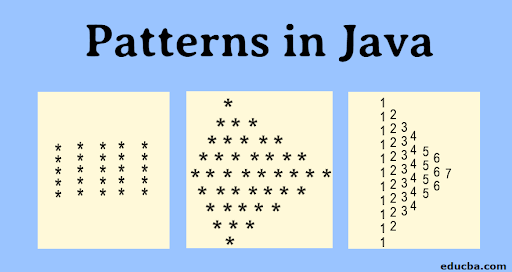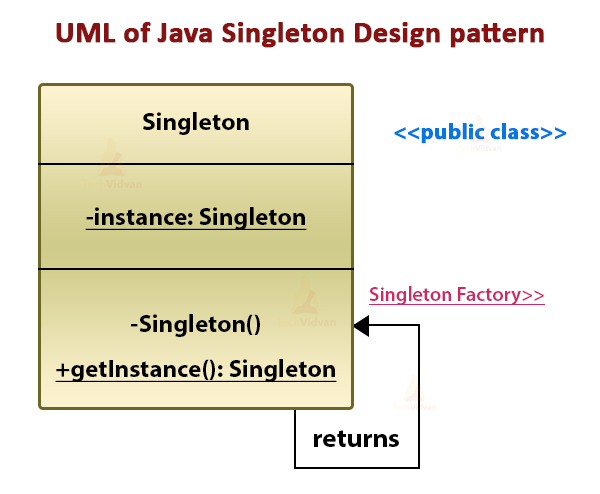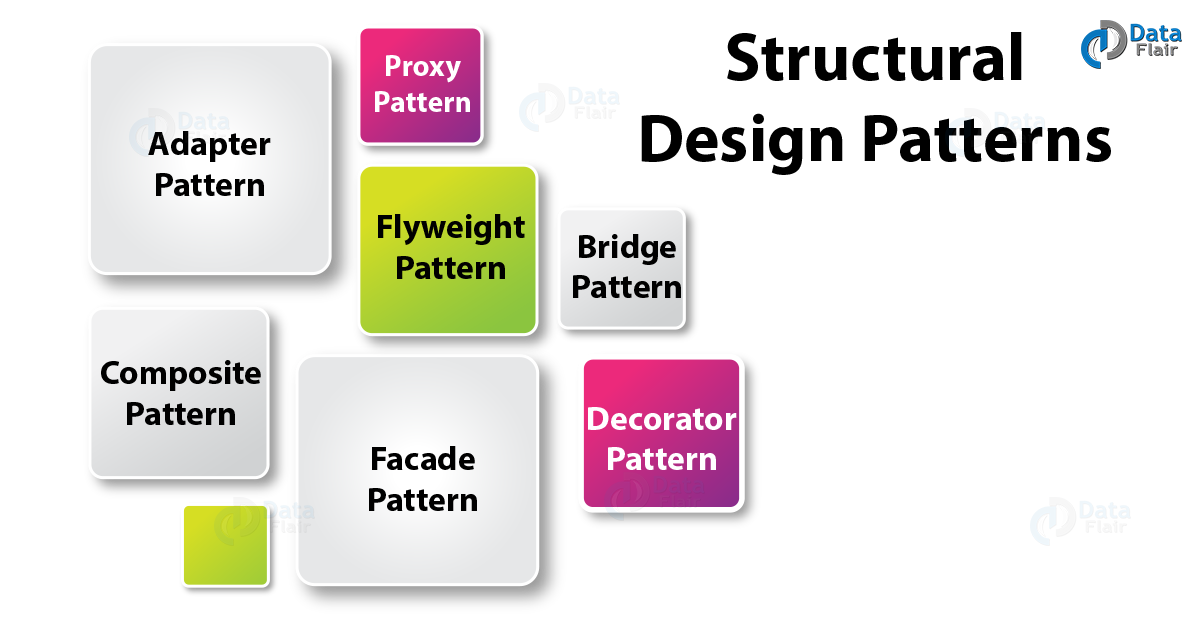Table Of Content

This pattern treats both individual objects and compositions of objects it allow clients to work with complex structures of objects as if they were individual objects. Higher-Order Components (HOCs) are a design pattern in React that allows you to create new components by wrapping existing ones. They are a powerful tool for promoting code reusability by encapsulating common functionality within a separate component. This functionality can then be injected into other components without code duplication. HOCs are particularly useful for aspects that cut across multiple components, such as data fetching, authentication, error handling, or styling. Design patterns represent the best practices used by experienced object-oriented software developers.
Behavioral Design Patterns in Java
The prototype design pattern mandates that the Object which you are copying should provide the copying feature. However, whether to use the shallow or deep copy of the object properties depends on the requirements and is a design decision. Provides an interface for creating objects in a superclass, but allows subclasses to alter the type of objects that will be created. For example, in the future, there might be new types of accounts such as Credit, Debit, etc. At that time, we only need to create additional subclasses that extend BankAccount and add them to the factory method. Now let's explore the ways to implement the Factory design pattern together.
Design Patterns Index
They are essentially well-proven solutions to recurring issues in software design. The State pattern is a behavioral design pattern that lets an object alter its behavior when its internal state changes. This pattern involves a single class (the factory) which is responsible for creating instances of other classes.
GoF Design Patterns Using Java (Part 2) - DZone
GoF Design Patterns Using Java (Part .
Posted: Wed, 08 Feb 2017 08:00:00 GMT [source]
3 Mediator Method
The three types of design patterns are creational, structural, and behavioral. Each pattern has a specific set of benefits and drawbacks, and selecting the appropriate design pattern for a given situation is important. Implementing design patterns in Java requires an understanding of the pattern itself and familiarity with Java syntax and programming concepts. By following best practices and guidelines for using design patterns, developers can avoid common mistakes and apply patterns effectively in their projects. Overall, incorporating design patterns into Java programming can help developers write better code and achieve their software development goals.

Creational Patterns
This pattern is also used to provide different kinds of iterators based on our requirements. The iterator pattern hides the actual implementation of traversal through the Collection and client programs use iterator methods. Strategy pattern is used when we have multiple algorithms for a specific task, and the client decides the actual implementation be used at runtime. We define multiple algorithms and let client applications pass the algorithm to be used as a parameter. The mediator design pattern is used to provide a centralized communication medium between different objects in a system. If the objects interact with each other directly, the system components are tightly-coupled with each other which makes maintainability cost higher and not flexible to extend easily.

We provided code examples for these patterns, discussed their advantages and disadvantages, and provided recommendations for their use. Other concepts, like the SOLID principles and clean code practices, are also crucial for writing efficient, maintainable code. In this code, we’ve created a Coffee class and a SimpleCoffee class that extends Coffee. We then created a MilkCoffee class that also extends Coffee and adds a cost to it. The Observer pattern is a great way to achieve loose coupling between objects. It allows for a highly modular structure, where the subject and observers can be reused independently.
Step 7
His expertise lies in OCR, text extraction, data preprocessing, and predictive models. You can reach out to him on his Linkedin or check his projects on GitHub page. The interpreter pattern is used to define a grammatical representation of a language and provides an interpreter to deal with this grammar. The facade pattern is used to help client applications easily interact with the system.
Now, you only need to call the factory method you defined with your parameters. In some of our projects, we have only one instance of database connection. You can find this example through other articles or websites, but let’s go for another common example. It's available inPDF/ePUB/MOBI formats and includes thearchive with code examples inJava, C#, C++, PHP, Python, Ruby,Go, Swift, & TypeScript. Next, we ventured into expert-level territory, introducing alternative approaches such as the Composite and State patterns.
By studying and implementing these patterns in your projects, you can improve your skills as a developer and make your software more adaptable to change. Don't forget to practice implementing these patterns in your projects to get a better grasp of their usage. They help to abstract the instantiation process and make the code more flexible, reusable, and maintainable. Composite Method is structural design pattern, it’s used to compose objects into tree structures to represent part-whole hierarchies.
Each generated factory can give the objects as per the Factory pattern. There's a myriad of design patterns, and you're probably familiar with some of them already. Being familiar with them and knowing them by heart can help you increase the speed and quality of your development. We define three subsystem classes, SubsystemA, SubsystemB, and SubsystemC, each with their respective operation methods.
In addition,they can be categorized by their intentand divided into three groups. The Memento pattern captures and externalizes an object's internal state so that the object can be restored to this state later. It's useful when you need to implement undo or rollback functionality. The Command pattern encapsulates a request as an object, allowing you to parameterize clients with different requests, queue or log requests, and support undoable operations. For example, refactoring the Car class may also require changing ProduceCar and AssembleCar.
Produce families of related objects without specifying their concrete classes. There are other creational patterns which I just give a simple example for each of them. Whether you’re a beginner just starting out with Java, or an experienced developer looking to deepen your understanding of design patterns, we hope this guide has been a valuable resource. This pattern ensures that a class only has one instance and provides a global point of access to it.

No comments:
Post a Comment